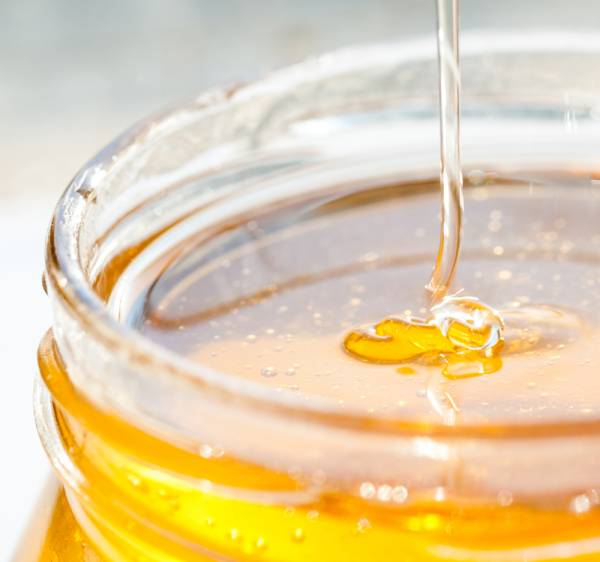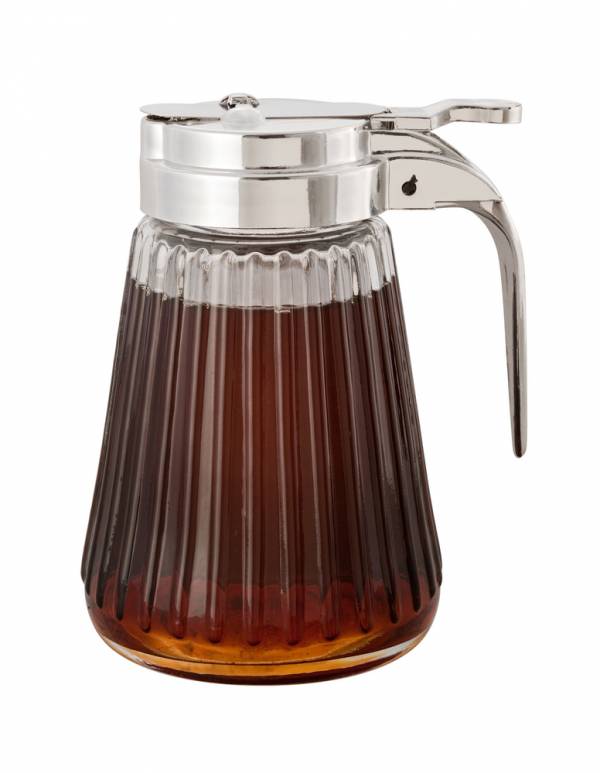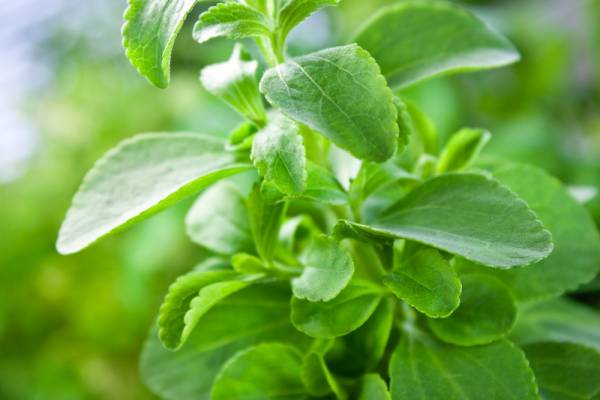I don’t know about you, but lately I’ve noticed a worrisome trend among “health food” bloggers, “paleo” Facebook pages, and other websites and sources of healthy recipes and food ideas. Everyone is going ape-crap for paleo desserts.
Why is this worrisome? Because, it seems we’re losing sight of what paleo is all about and looking for sneaky ways to have our cake and eat it too. Pun totally intended. Don’t get me wrong; I like a good cookie or brownie just as much as anyone. However, I’ve been around long enough to have seen the low-fat trend come and go and to know better than to buy into the “I can eat anything I want as long as it’s _____.” Fill that in with low fat, gluten-free, paleo, or whatever is the latest food and diet trend. Remember Snackwells? Yeah, how many of us got ripped eating that crap?
Well, the same thing is happening – again. Paleo desserts are everywhere. So you ask, “But, why can’t I eat paleo cookies? Aren’t they good for me?” Yes, in small amounts, nuts and small amounts of sugar are fine. But, when we’re eating more than our fair share of sugar (natural or not), our health suffers.
Sugar is sugar. No matter what the source it can be detrimental when we get too much. Below, I talk about the pros and cons of different “healthy” sweeteners and how they affect your body so you can make more educated decisions about what types of sweeteners you use. And hopefully you also make the decision to limit the amounts of sugars you consume, paleo or not.
Fructose
Fructose is the sugar found naturally in fruit. It is perfectly fine to consume fructose when you get it from whole foods like apples, which are about 7% fructose. Delivered this way, fructose comes with a host of vitamins, antioxidants, and fiber. But when it’s commercially extracted from fruit, then concentrated and made into a sweetener, it exacts a considerable metabolic price.
Research shows it’s the fructose part of sweeteners that’s the most dangerous. Fructose causes insulin resistance and significantly raises triglycerides (a risk factor for heart disease). It also increases fat around the middle, which in turn puts you at greater risk for diabetes, heart disease, and metabolic syndrome. Fructose has also been linked to non-alcoholic fatty-liver disease. Rats given high fructose diets develop a number of undesirable metabolic abnormalities including elevated triglycerides, weight gain, and extra abdominal fat.
You can buy fructose on its own and we’ve all heard of high fructose corn syrup (HFCS) and know of the health problems associated with it. It’s in your best interest to avoid fructose and HFCS altogether unless you are eating it in whole fruit form.
Agave
 Agave is a plant from which tequila and agave syrup are made. It’s thought of as a healthy alternative to traditional table sugar because it has a lower glycemic index. However, agave syrup is nothing more than agave liquid that’s been heated and reduced (much like taking a fruit juice and heating it until it becomes more concentrated). So, it’s a super concentrated form of fructose. Not good. In addition, because agave syrup is basically a processed food product, the mineral and antioxidant content is very low.
Agave is a plant from which tequila and agave syrup are made. It’s thought of as a healthy alternative to traditional table sugar because it has a lower glycemic index. However, agave syrup is nothing more than agave liquid that’s been heated and reduced (much like taking a fruit juice and heating it until it becomes more concentrated). So, it’s a super concentrated form of fructose. Not good. In addition, because agave syrup is basically a processed food product, the mineral and antioxidant content is very low.
In the agave plant, most of the sweetness comes from a particular kind of fructose called inulin that actually has some health benefits and is considered a fiber. But by the time it’s processed into syrup there’s not much inulin left. In the manufacturing process, enzymes are added to the inulin to break it down into digestible sugar (fructose), resulting in a syrup that has a fructose content that is at best 57% and, much more commonly, as high as 90%. To put this into perspective, table sugar is 50/50 glucose and fructose. HFCS is 55/45. Agave nectar is a whopping 90% fructose – almost twice as high as HFCS!
Honey
 Honey is another natural sweetener that has a few more benefits than agave. Raw honey contains the phytonutrients caffeic acid, methyl caffeate, phenylethyl caffeate, and phenylethyl dimethylcaffeate. All of these have antibacterial, antiviral, and antifungal properties to keep your immune system healthy and ward off colds and flus.
Honey is another natural sweetener that has a few more benefits than agave. Raw honey contains the phytonutrients caffeic acid, methyl caffeate, phenylethyl caffeate, and phenylethyl dimethylcaffeate. All of these have antibacterial, antiviral, and antifungal properties to keep your immune system healthy and ward off colds and flus.
Because honey isn’t processed, the natural antioxidant and nutrients are preserved. It also has the added benefits of reducing seasonal allergy symptoms if local, raw honey is used daily (about 2 tsp/day). However, the fructose to glucose (and other sugars) ratio is about 50/44. Of course, that’s not ideal, so use restraint for the same reasons we avoid straight fructose or HFCS – and now agave, too, right?
 Maple Syrup
Maple Syrup
Real maple syrup, not “maple flavored,” is another natural sweetener, like honey, that has some redeeming qualities. It isn’t processed so it still contains small amounts of several minerals and quite a bit of manganese and zinc. It also contains phenols that may function as antioxidants and may help prevent type 2 diabetes. Maple syrup is almost entirely sucrose, which in the end breaks down to fructose and glucose in the body. So, like any other sugar, it’s not the best thing to be feeding your body and should be used sparingly.
Artificial Sweeteners
This includes things like saccharin, sucralose (Splenda), aspartame (Equal), and other artificial sweeteners. The huge con is that this stuff is just a bunch of chemicals! Yes, these products have low calorie content, but they may cause intense sugar cravings, cancers, weight gain, neurological problems, and numerous other issues. If you use them occasionally, it’s probably not a big deal. However, if you use them every day eventually it’s going to catch up with you in subtle if not very significant ways.
But if you are trying to justify using a shit ton of agave or honey in order to avoid chemical sweeteners your solution is flawed. Sugar causes cancer, heart disease, diabetes, fatty liver, and many other illnesses. The same problems we see with artificial sweeteners. So what’s the real solution? Losing the sweet tooth.
But wait, I’m not going to leave you completely hanging. Read on!
Stevia
 For those of you who are looking to seriously lower sugar intake and avoid calories and want a natural alternative, stevia may be your answer. Stevia is an herb that has been used for many years to sweeten naturally. It has virtually no calories, no effect on blood sugar levels, and has little no known side effects. However, it may trigger or feed sugar cravings. So it should be used sparingly or avoided if you are trying to kick a sugar addiction.
For those of you who are looking to seriously lower sugar intake and avoid calories and want a natural alternative, stevia may be your answer. Stevia is an herb that has been used for many years to sweeten naturally. It has virtually no calories, no effect on blood sugar levels, and has little no known side effects. However, it may trigger or feed sugar cravings. So it should be used sparingly or avoided if you are trying to kick a sugar addiction.
The powdered varieties of stevia have fillers and are often combined with sugar alcohols (ethryitol), which can add to the calorie content or cause some GI distress. (Ew.) So, the liquid varieties are usually your best bet. My personal favorite is the Sweet Leaf brand, which comes in a quite a few flavors and it’s easy to carry with you for coffee and tea breaks. Okay, it’s easy for girls to throw in our purses. Guys, invest in a murse.
I hope this help you to make wiser decisions when choosing recipes and the sweeteners to use. Honestly, I hope it makes you evaluate your sugar intake as a whole. Men should only be getting around 36 grams and women about 24 grams of sugar total per day. Track your food one day and then wonder just how in the heck you managed to eat that much sugar! Enjoy your treats but make sure they are treats and not everyday indulgences. Your body will thank you.
References:
1. Basaranoglu, Metin, Basaranoglu, Gokcen, Sabuncu, Tevfik, and Senturk, Hakan, “Fructose as a key player in the development of fatty liver disease”, World Journal of Gastroenterology, 19(8) (2013): 1166–1172. Accessed September 11, 2013, doi: 10.3748/wjg.v19.i8.1166
2. Basciana, Healther, Federico, Lisa and Adeli, Khosrow, “Fructose, insulin resistance, and dyslipidemia,” Nutrition & Metabolism, 2 (2005) :5. Accessed September
11, 2013, doi:10.1186/1743-7075-2-5
3. Stanhope KL, Schwarz JM, Keim NL, Griffen SC, Bremer AA, Graham JL, Hatcher B, Cox CL, Dyachenko A, Zhang W. et al., “Consuming fructose-sweetened, not glucose-sweetened, beverages increases visceral adiposity and lipids and decreases insulin sensitivity in overweight/obese humans,” Journal of Clinical Investigation, 10(5)(2009):1322–1334. Accessed September 11, 2013, doi: 10.1172/JCI37385.
4. Takahashi, Yoshihisa, Soeiima, Yurie, and Fukusato, Toshio, “Animal models of nonalcoholic fatty liver disease/nonalcoholic steatohepatitis”, World Journal of Gastroenterology; 18(2012)(19): 2300–2308. Accessed September 11, 2013, doi: 10.3748/wjg.v18.i19.2300
Photos courtesy of Shutterstock.






